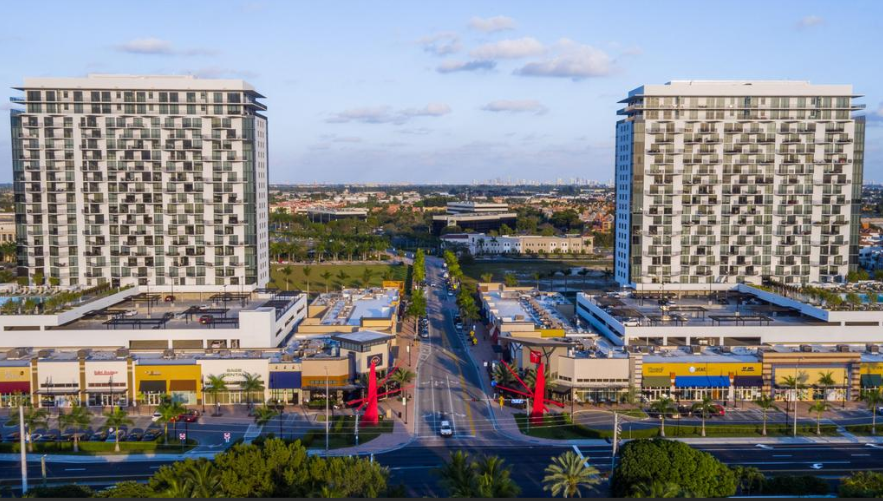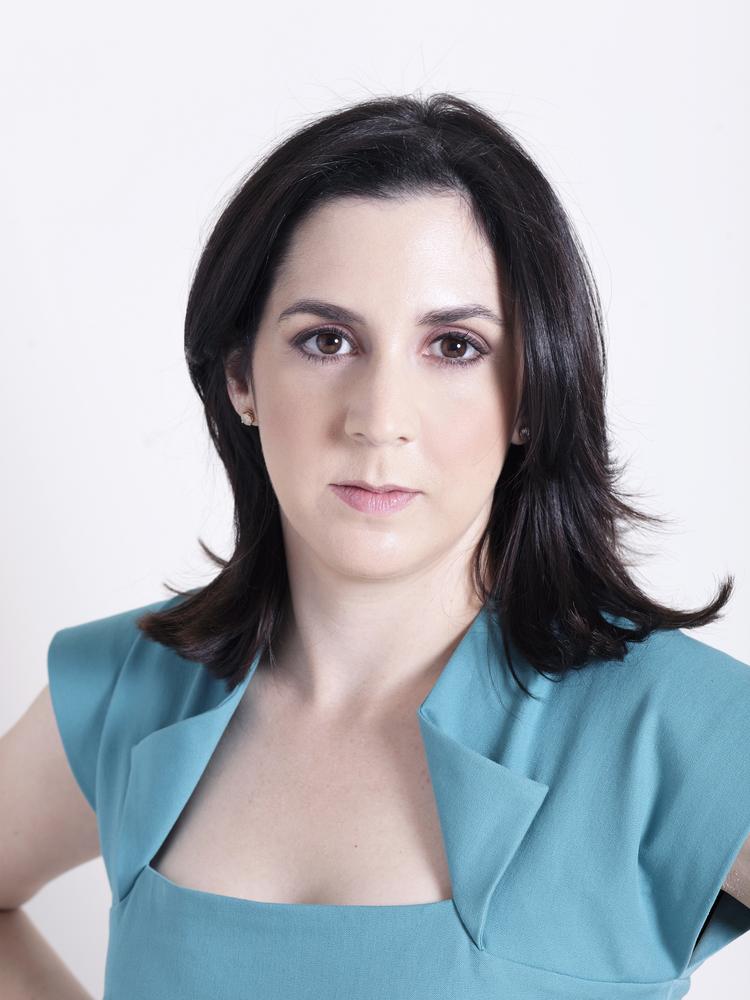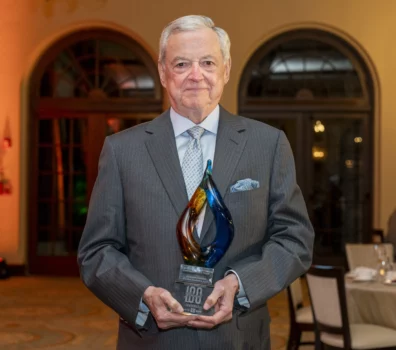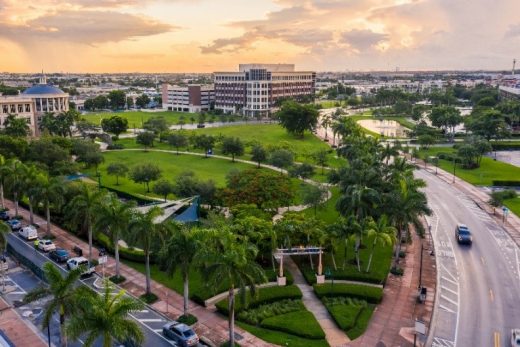Armando Codina floated its concept of a downtown in Doral in 2014. But the developer’s role in the city began well before that. As far back as 2004, his Codina Group had been one of the largest developers of high-end industrial and office space in the Airport West submarket, part of which would later become Doral.
It built area office buildings, including the former Ryder System headquarters, Florida Blue’s offices, and the Beacon Center and Beacon Lakes corporate parks – the latter of which is now home to Telemundo. Beacon Lakes was the company’s last industrial piece before Codina Group was acquired in 2006 by Florida East Coast Industries in a reported $270 million deal.
Now, Codina’s current company, Codina Partners, is delivering its largest project there yet. With the acquisition of a former Kroger office park and its 31 buildings, as well as the Trump National Doral Miami’s Great White golf course, Codina amassed 250 contiguous acres. Today, that area is the Downtown Doral mixed-use development.
The company and its partners have delivered or are building 70 retail shops and restaurants, 1 million square feet of Class A office space, 5,000 single-family and multifamily housing units, the Downtown Doral Charter Elementary School, Government Center and City Hall, and public green spaces. A senior living facility is also planned.
In a recent interview, Codina Partners CEO Ana-Marie Codina Barlick discusses the company’s first interest in Doral, the changing appeal of the suburbs, and her and her father, Armando Codina’s vision for the city’s – and its own projects’ – future. She called the rare 250-acre parcel her “blank canvas.”




